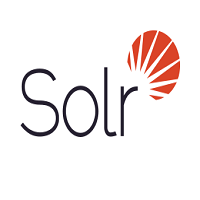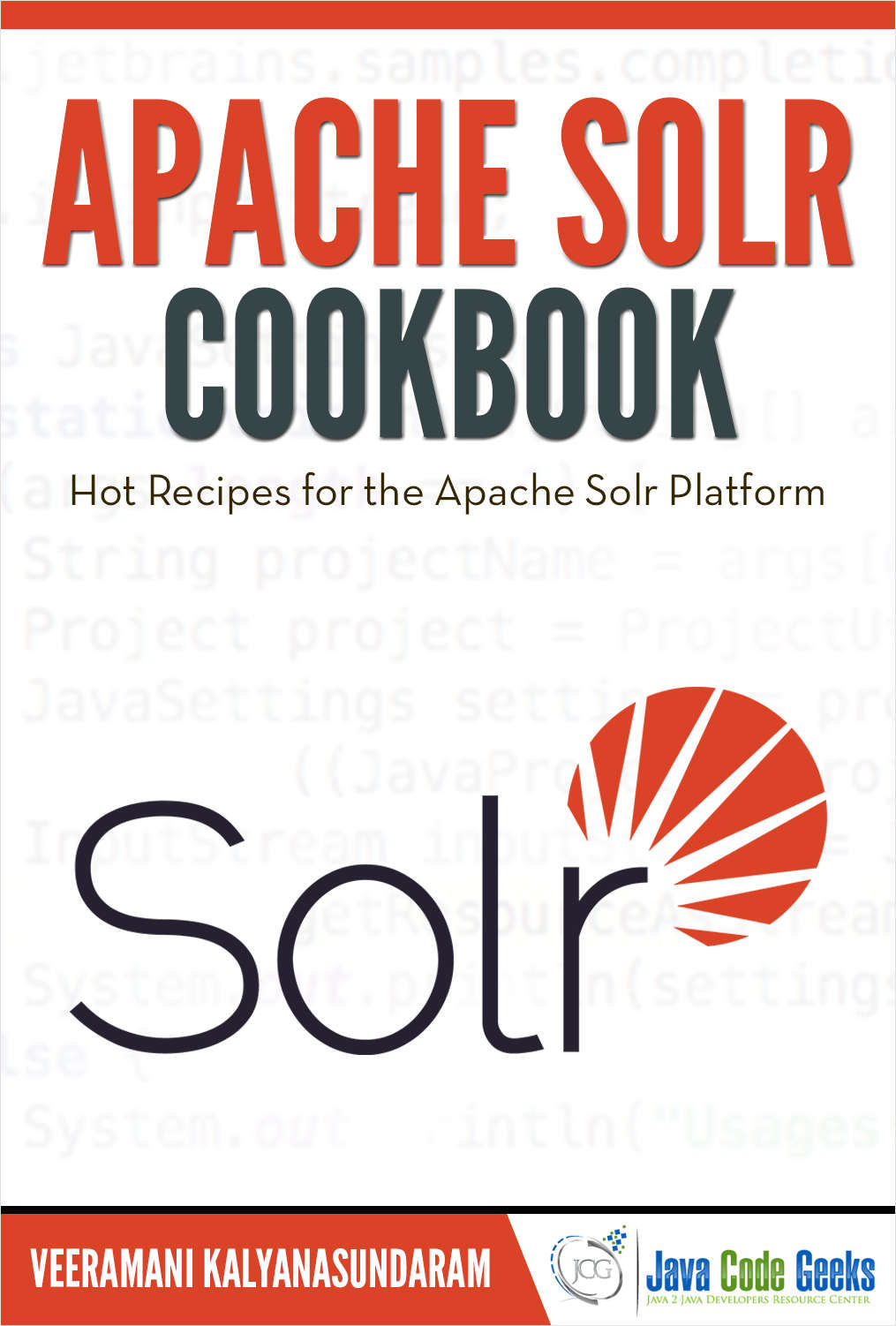
We can complete these steps by adding the following XML to the dependencies section of the POM file: Because Solr core is required by the embedded Solr server, we can skip this step if we are not using the embedded Solr server. Add the Solr core dependency (version 4.1.0) to the dependencies section of our POM file and exclude the SLF4J JDK14 binding.Add the Spring Data Solr dependency (version 1.0.0.RC1) to the dependencies section of our POM file.We can add the required dependencies to the POM file by following these steps: We can add the Spring milestone Maven repository to our POM file by adding the following XML to the pom.xml file:Īdding the Required Dependencies to the POM File Adding the Spring Milestone Maven Repository to the POM File Add the required dependencies to the pom.xml file.īoth of these steps are described with more details in the following.Add the Spring Milestone Maven repository to the POM file.We can get the required dependencies with Maven by following these steps: Getting the Required Dependencies with Maven Spring Data Solr Tutorial: Introduction to Solr.These blog entries provides additional information which helps us to understand the concepts described in this blog entry: We also learn to configure the Spring Data Solr to use the embedded Solr server in the development environment and the HTTP Solr server in the production environment. This blog entry describes how we can get the required dependencies with Maven. This is the recommended way of using the Solr search server and that is why we should always use it in the production environment. The HTTP Solr server connects to an external Solr server by using HTTP.

However, using the embedded Solr server is still a viable option in the development environment.


We can use this server for development purposes but we must also remember that using it in production environment is not recommended.


 0 kommentar(er)
0 kommentar(er)
